How a Suit Should Fit: The Bespoke Clothing Guide
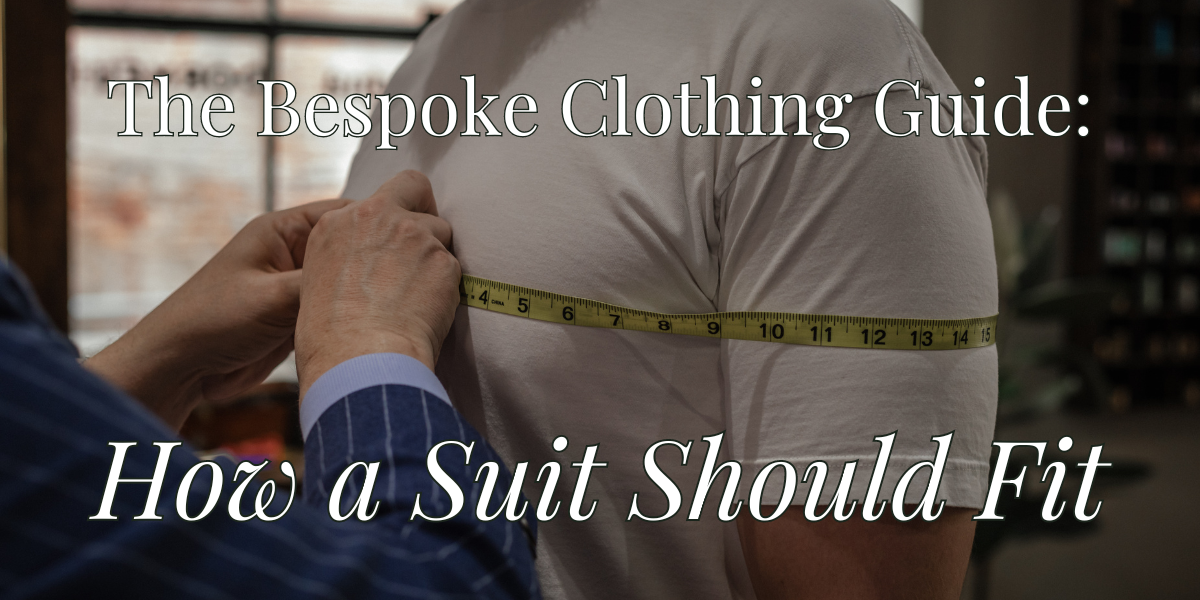
Knowing how a suit should fit is crucial if you want to look polished and confident. Whether you're tall, short, broad, or slim, the fundamental principles of suit fitting remain the same.
Achieving the right fit not only elevates your style but also ensures comfort and freedom of movement. In this guide, we'll break down the key elements of how a suit should fit from head to toe, using insights from different body types to help you find the perfect look.
Be sure to watch the video as well, as we’ll reference these two real world examples of different body types to further demonstrate how a suit should fit, and how we ensure that every client leaves with confidence after a
fitting appointment with us.
How a Suit Jacket Should Fit
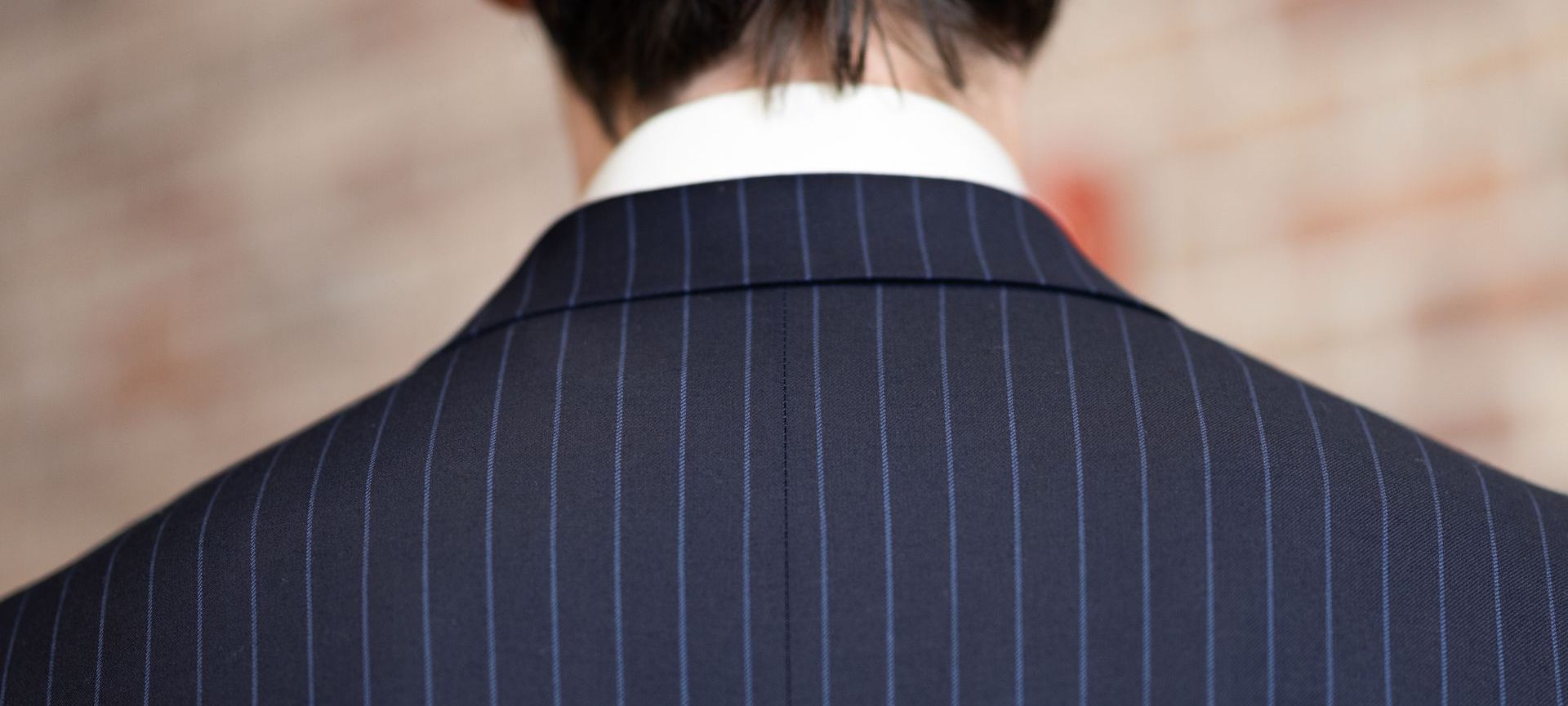
1. Collar Fit: The Foundation of a Great Suit
The collar is one of the first areas to check when determining how a suit should fit. A well-fitted collar should sit snugly against the back of your neck without any gaps or excess fabric, known as a collar roll. For example, in the video, Ikani (who has a shorter, broader build) has a bit of excess fabric at the collar, creating a collar roll. On the other hand, Connor (with a taller, slender frame) experiences a collar gap. Both of these issues are common in off-the-rack suits and should be addressed through tailoring to achieve a smooth, flush collar.
2. Shoulder Fit: The Perfect Transition
A well-fitted suit starts with the shoulders. The shoulder seam should align perfectly with the end of your natural shoulder, creating a clean line. In Ikani's case, his shoulders show a slight divot, meaning his deltoids push out the sleeve, disrupting the clean line. Connor’s suit, however, has a smooth transition down the shoulder. If your shoulders don’t fit properly, the suit will never look right, no matter what alterations you make to other areas.
3. Chest and Lapel Fit: Smooth and Flush
When considering how a suit should fit in the chest area, it’s important to focus on the lapels. The lapels should lay flat against your chest without flaring out or creating gaps. In the video, Connor demonstrates what happens when the chest area is too small—his lapels start to gap away from his chest when he pushes his shoulders back, creating an unpolished look. A good chest fit ensures the lapels sit snugly against your body, enhancing the overall silhouette of the suit.
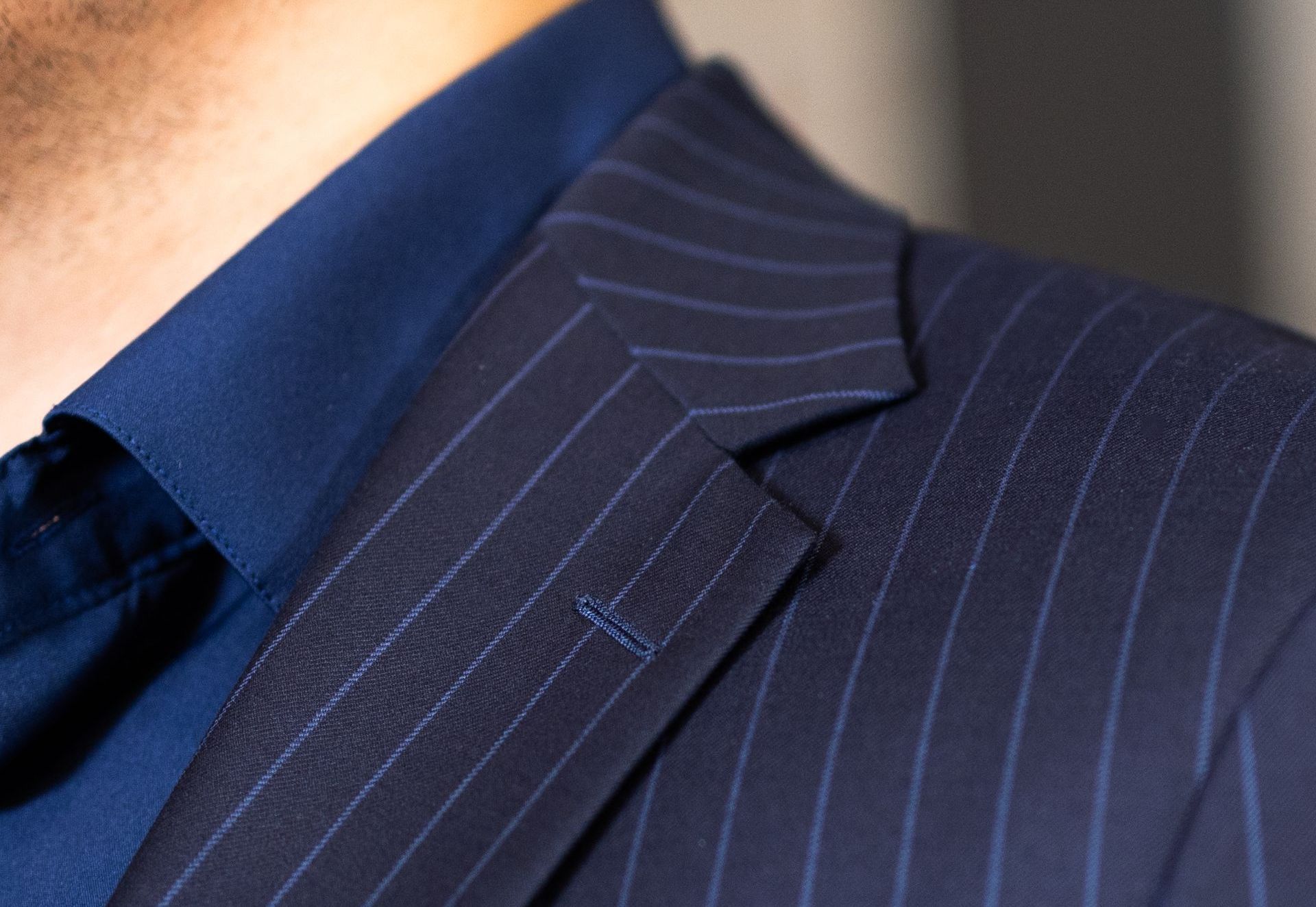
4. Armhole Fit: Ensuring Mobility
The armhole is an often-overlooked aspect of how a suit should fit. A higher armhole allows for better mobility, while a lower armhole can restrict movement. In the video, Ikani’s suit features a higher armhole, giving him more freedom of movement when he raises his arms. On the other hand, Connor’s suit has a lower armhole, causing the fabric to pull when he lifts his arms. This difference highlights the importance of armhole height in achieving both comfort and style. A raised armhole is ideal for a modern, fitted suit, as it allows for better mobility without sacrificing aesthetics.
5. Waist Fit: Comfort and Balance
The waist of the jacket is another critical point in knowing how a suit should fit. A well-fitted jacket will taper slightly at the waist, creating a balanced silhouette. Ideally, you should be able to fit three fingers inside the front of your jacket when it’s buttoned—this is a middle-of-the-road fit that works for most people. Ikani’s jacket, for instance, fits snugly but with a bit of excess fabric in the back, while Connor’s jacket sits a little loose at the waist. Both of these issues can be fixed by a tailor, ensuring the jacket drapes evenly from front to back.
6. Sleeve Fit and Length: The Finishing Touch
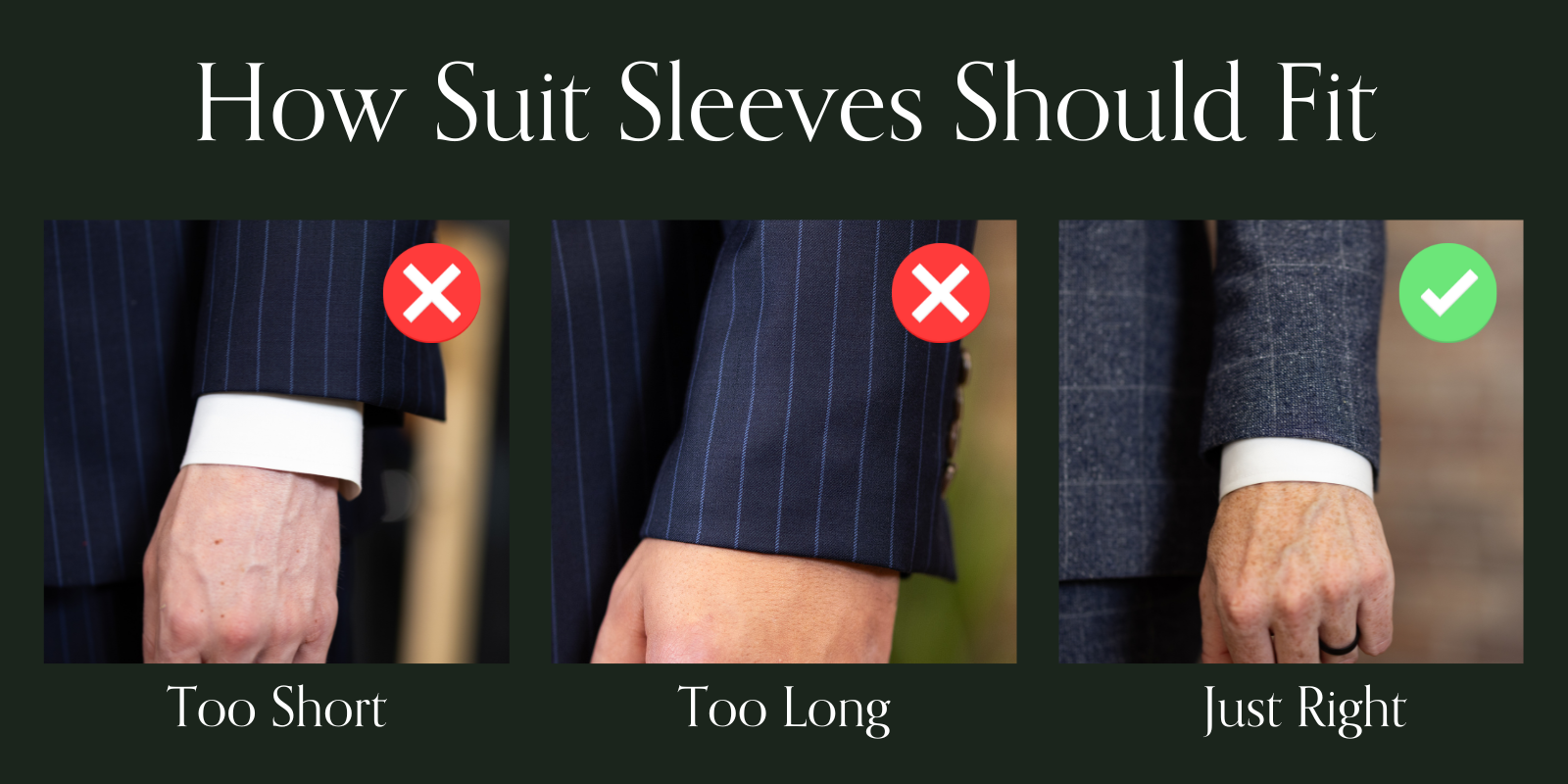
Sleeve length is a detail that can make or break how a suit should fit. The general rule is to show about a quarter to half an inch of your shirt cuff below the jacket sleeve. In the video, Connor’s jacket sleeves are too short, showing too much cuff, while Ikani’s sleeves are too long, covering his hands almost to the knuckles. Proper sleeve length should be judged when your arms are relaxed at your sides—this gives you the most accurate indication of fit.
7. Jacket Length: Striking the Right Balance
The overall length of the jacket is just as important as the fit of the collar or shoulders. Ideally, the jacket should cover the base of your crotch for a balanced look. Too long or too short can disrupt the suit’s proportions. Both Ikani and Connor’s jackets are slightly too long, as demonstrated in the video. If you prefer a more traditional fit, a longer jacket may suit your taste, while a modern, slim fit often calls for a shorter length. Regardless of your style preference, a properly balanced jacket length is essential for a well-fitted suit.
How Dress Pants Should Fit
1. Pant Fit: Waist, Seat, and Crotch
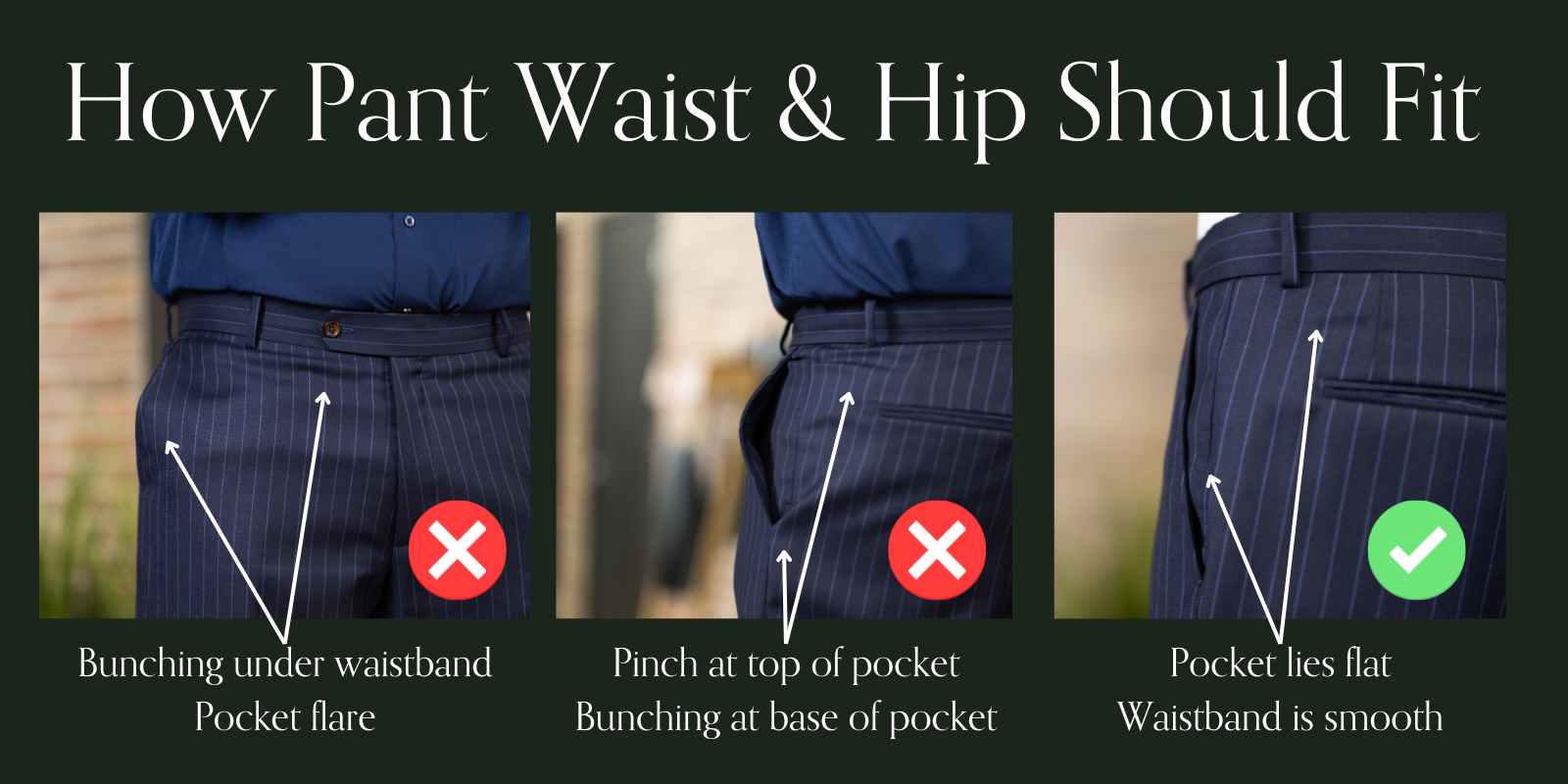
Pants are often the trickiest part of a suit to get right, but understanding how a suit should fit includes nailing the pant fit. The waist should sit comfortably without being too tight or too loose. In the video, Connor’s pants are slightly loose at the waist, while Ikani’s are more fitted. Both can be adjusted for a better fit.
The seat—the area around your hips and rear—should lay flat without pulling or gaping. Ikani’s pants show some tension in the seat, causing his pockets to gape, while Connor’s fit more comfortably. These are common issues with off-the-rack pants but can be fixed with tailoring.
2. Pant Taper and Length: A Matter of Preference
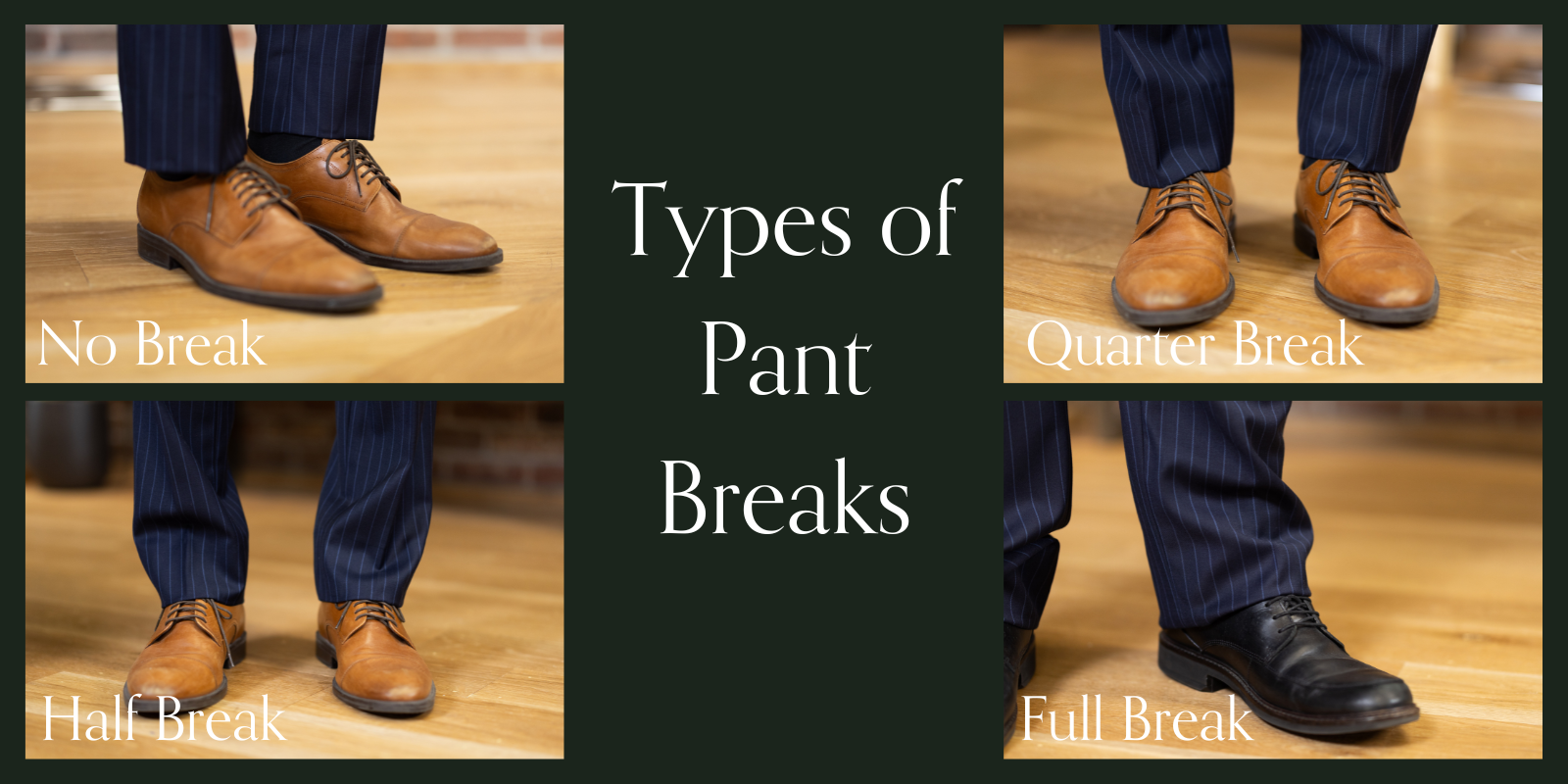
The taper of your pants from the thigh to the ankle can vary based on personal style. Whether you prefer a slim fit or a more relaxed cut, the key is to ensure the pants fall smoothly down your leg. The length of your pants is typically described by the “break”—the amount of fabric that rests on top of your shoes. Connor’s pants demonstrate a half-break, which is a good middle ground for most men, while Ikani’s pants show a full break, with excess fabric bunching at the shoes. Ideally, for a modern look, aim for a quarter or half-break, but ultimately, the choice is a matter of preference.
Conclusion: Tailor Your Suit for the Perfect Fit
Achieving the perfect suit fit involves paying attention to every detail—from the collar and shoulders to the waist, sleeves, and pants. Because of how difficult altering some of these areas can be, we hope this helps underscore the value of going custom. Understanding how a suit should fit ensures that you not only look sharp but feel comfortable and confident in your outfit.
Whether you’re
buying your first suit
or looking to improve the fit of your current wardrobe, following these guidelines will help you make informed decisions. Remember, the fit is everything when it comes to looking your best in a suit, and our team of specialists is more than happy to help no matter how many suits you own. After all, a well-fitted suit is an investment in both style and self-assurance.
By following this guide, you’ll understand how a suit should fit for every part of your body, ensuring that your next suit purchase is a perfect one.
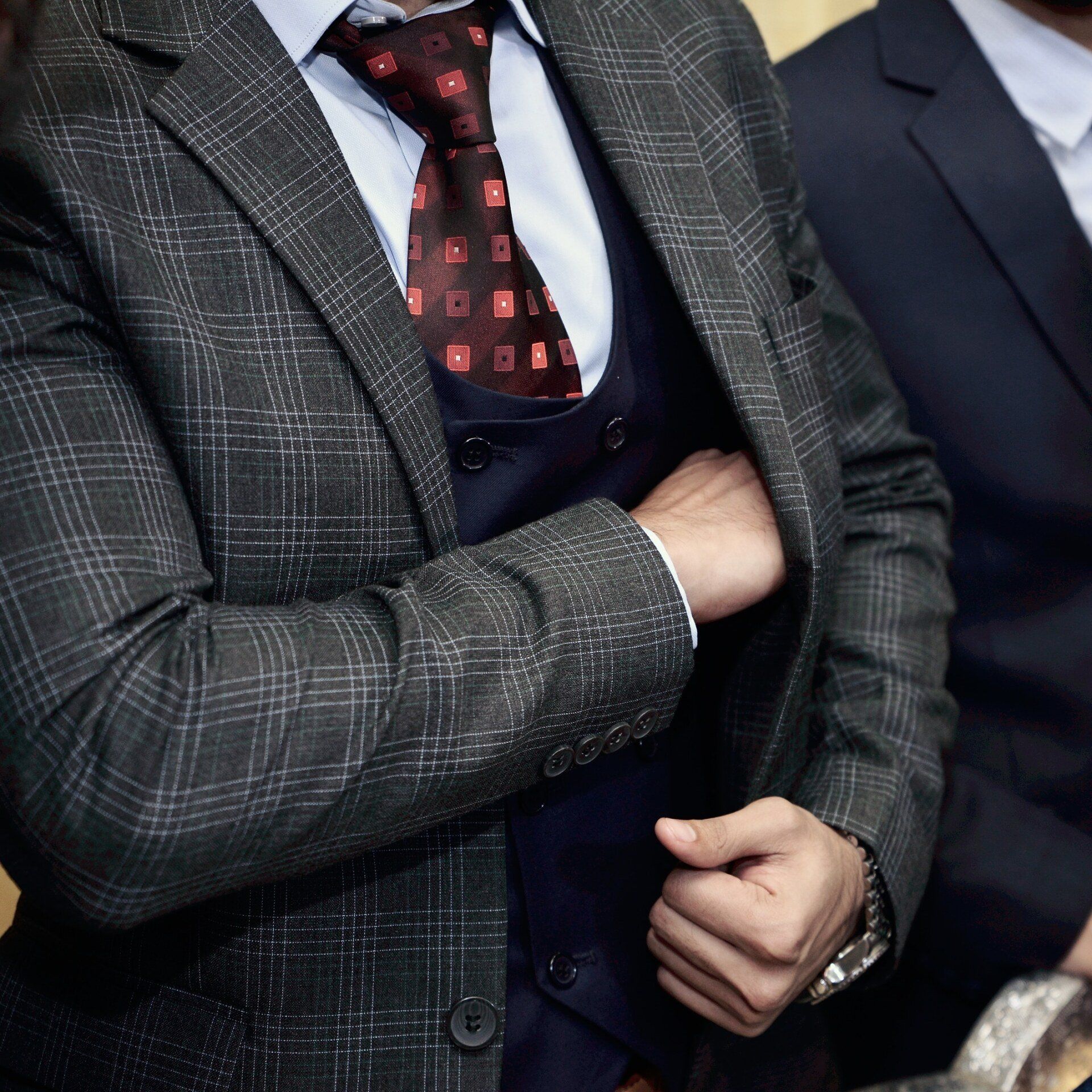
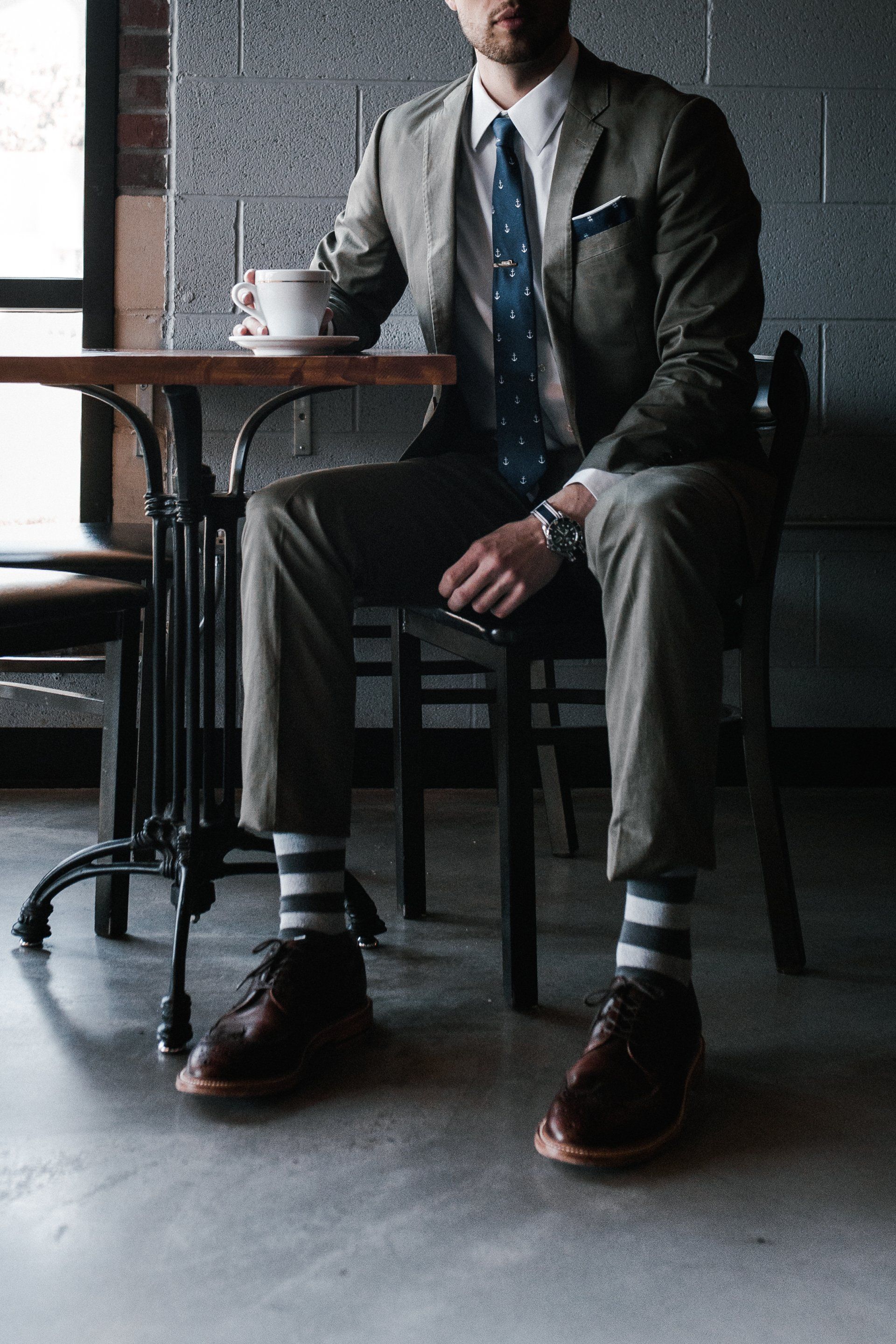
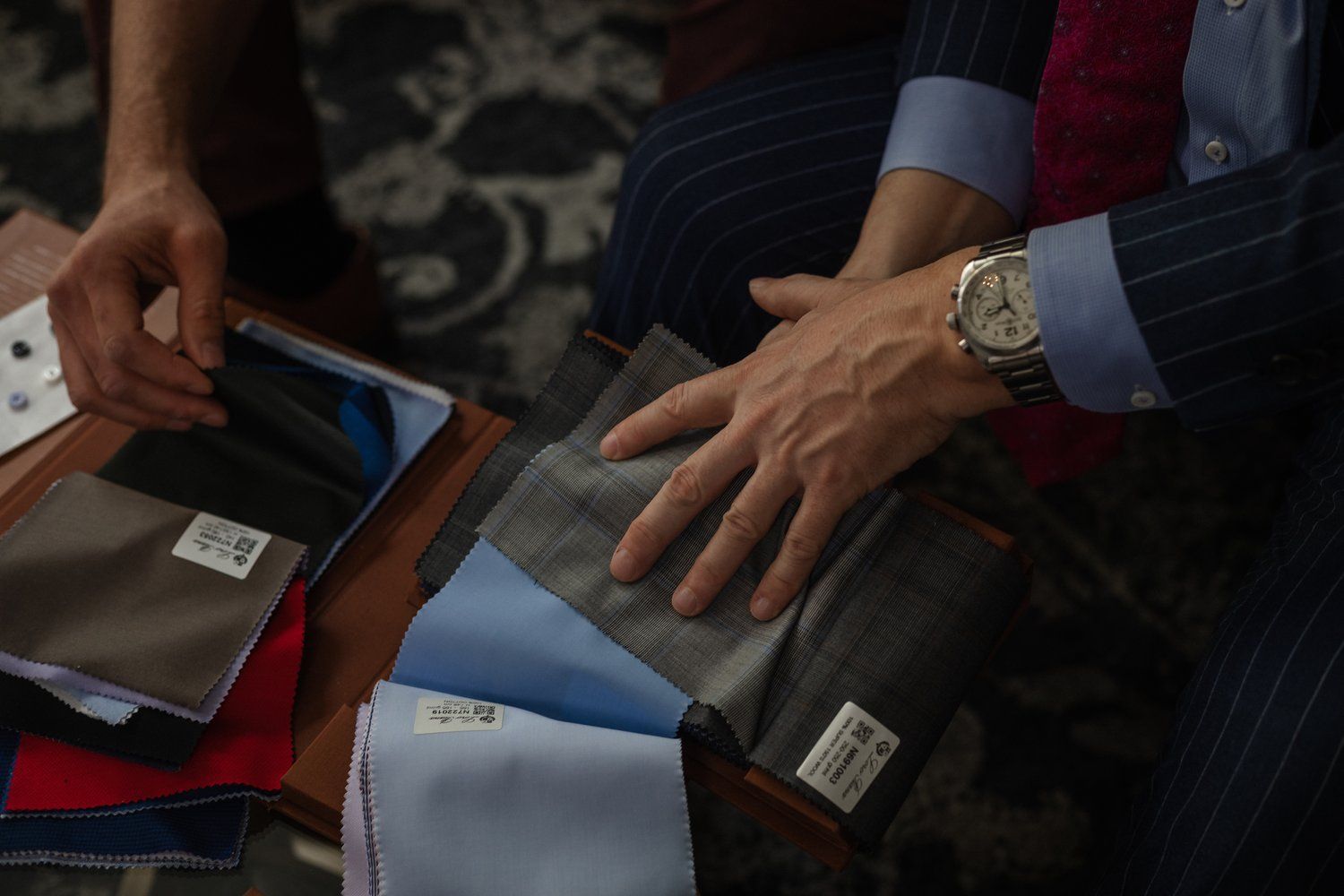

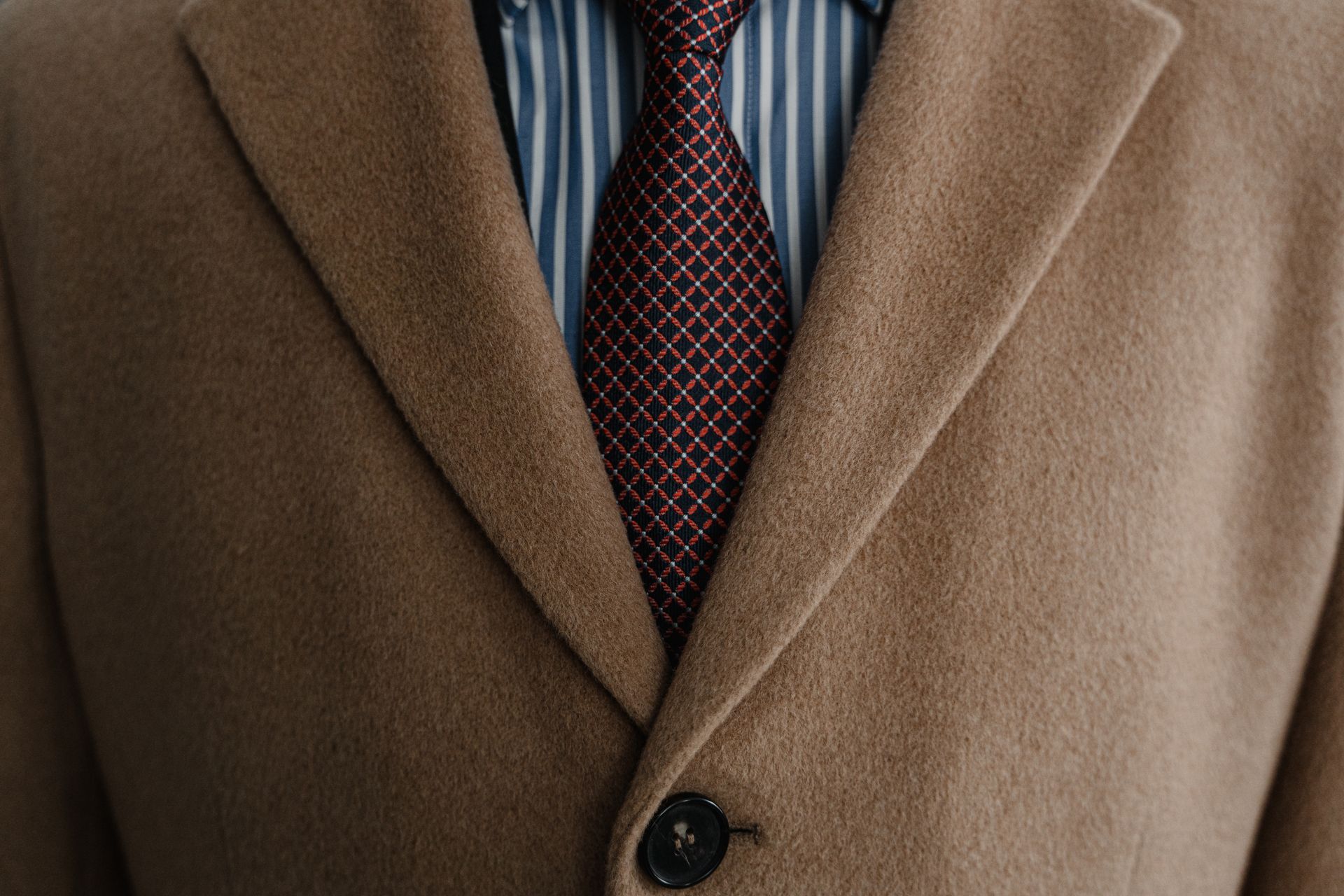
Locations
Quick Links
Our Locations
Our Commitment
For over a decade we have had the pleasure of crafting first class clothing for individuals all around the world. As long as there are people who are searching for the pinnacle of how to dress and present themselves, we will continue to grow and expand to reach those individuals.


